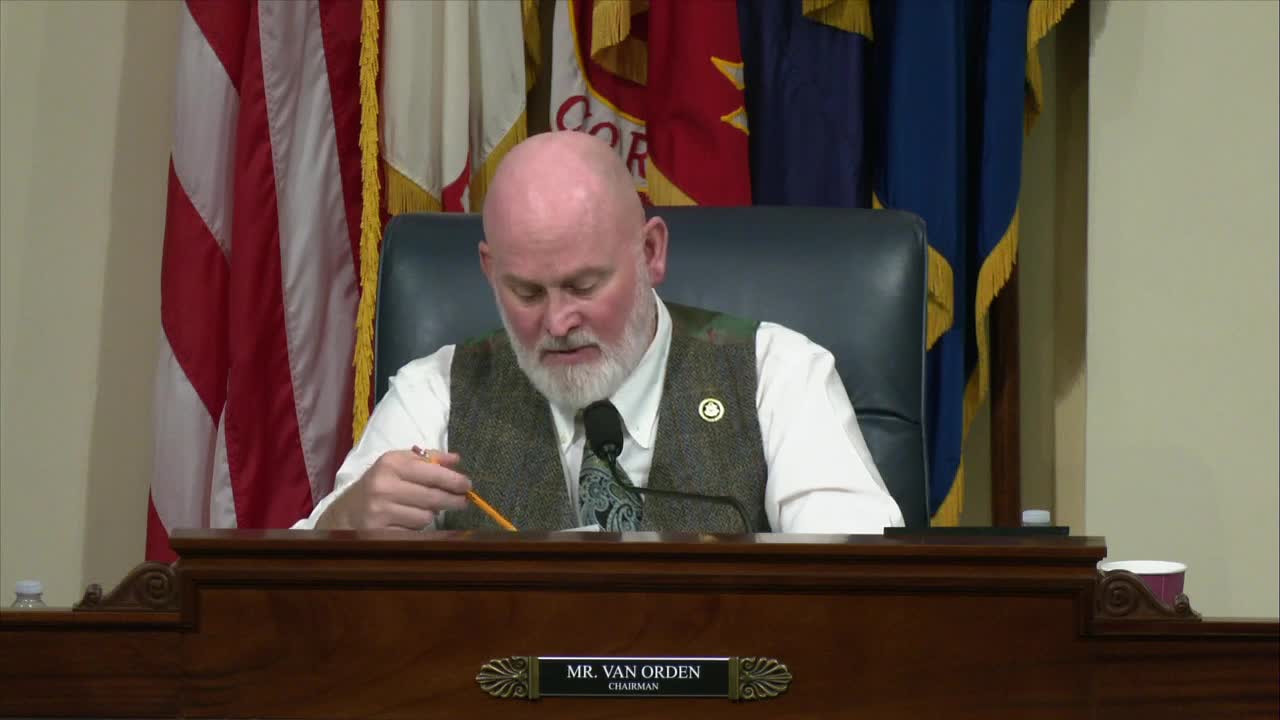Veterans Affairs grapples with rising homelessness crisis
June 27, 2024 | Veterans Affairs: House Committee, Standing Committees - House & Senate, Congressional Hearings Compilation

This article was created by AI summarizing key points discussed. AI makes mistakes, so for full details and context, please refer to the video of the full meeting. Please report any errors so we can fix them. Report an error »

In a recent government meeting, officials discussed the ongoing challenges of veteran homelessness and the effectiveness of current support programs. A key focus was on the continuum of care for veterans, addressing the transition from program entry to exit. Officials confirmed that they have a structured plan in place to support veterans throughout their journey, emphasizing the importance of ongoing care even after they leave formal programs.
Despite an increase in the number of direct service care providers—totaling 6,800—concerns were raised about the rising rates of homelessness among veterans. Officials acknowledged that while the point-in-time count of homeless veterans has increased, it remains proportionally lower than the rise in homelessness within the general population. They attributed this discrepancy to various factors and expressed a commitment to addressing the issue.
The discussion also touched on the definition of \"exit\" from programs. Officials clarified that exiting does not necessarily mean complete independence; many veterans continue to require support for mental health, substance use, and disability management. This nuanced understanding of program involvement highlights the complexity of transitioning veterans to self-sufficiency.
Additionally, questions were raised about the employment outcomes for veterans participating in these programs. While specific statistics were not immediately available, it was noted that approximately 10% of participants in the HUD-VASH program exit due to improved personal economics, indicating a positive trend towards self-sufficiency.
The meeting underscored the ongoing efforts to improve the lives of veterans, while also recognizing the need for continued focus on effective transitions to independence and employment in the civilian sector.
Despite an increase in the number of direct service care providers—totaling 6,800—concerns were raised about the rising rates of homelessness among veterans. Officials acknowledged that while the point-in-time count of homeless veterans has increased, it remains proportionally lower than the rise in homelessness within the general population. They attributed this discrepancy to various factors and expressed a commitment to addressing the issue.
The discussion also touched on the definition of \"exit\" from programs. Officials clarified that exiting does not necessarily mean complete independence; many veterans continue to require support for mental health, substance use, and disability management. This nuanced understanding of program involvement highlights the complexity of transitioning veterans to self-sufficiency.
Additionally, questions were raised about the employment outcomes for veterans participating in these programs. While specific statistics were not immediately available, it was noted that approximately 10% of participants in the HUD-VASH program exit due to improved personal economics, indicating a positive trend towards self-sufficiency.
The meeting underscored the ongoing efforts to improve the lives of veterans, while also recognizing the need for continued focus on effective transitions to independence and employment in the civilian sector.
View full meeting
This article is based on a recent meeting—watch the full video and explore the complete transcript for deeper insights into the discussion.
View full meeting